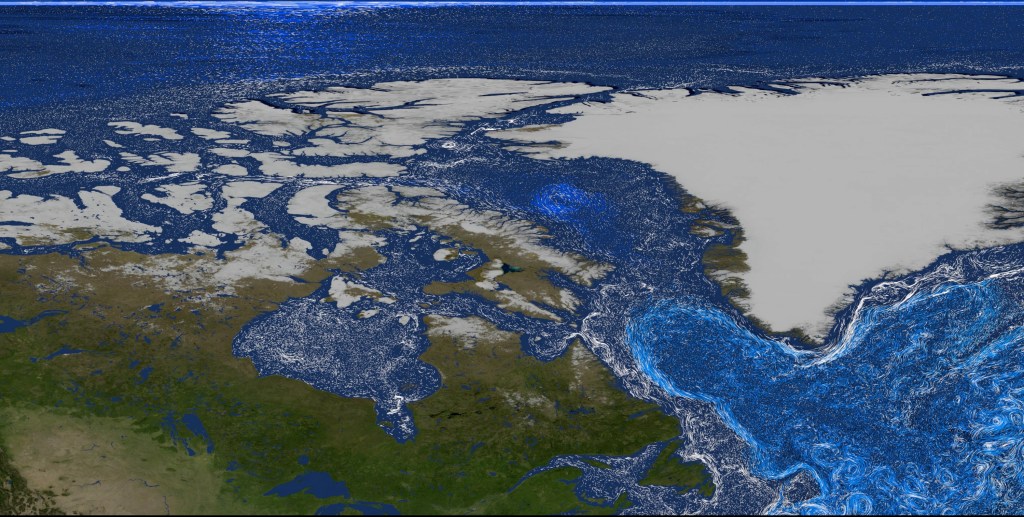Jumping back into work on Monday morning can be hard, and sometimes an extra cup of coffee is essential to kickstart the week. Luckily, the rover was particularly well-rested when she woke up this morning, so she didn’t need any extra caffeine. With her batteries restored to a full state of charge she was ready to get to work.
To kick the week off, the team scheduled two sols of activities for the rover to complete. And since she was so well-rested, we were able to skip her midday nap and replace it with even more science instead! On the first sol, the team planned a Mastcam stereo image of a steeply-dipping rock named “Anlhiac” (shown in the center of the Navcam image above) and a Mastcam multispectral observation of contact science target “Chenaud.” Prior to the multispectral, the rover will brush “Chenaud” with the Dust Removal Tool to expose the rock’s true color and will use the APXS instrument to collect data on its chemical composition. The team also scheduled a ChemCam LIBS measurement and Mastcam documentation image on target “Lusignac” as well as a long distance ChemCam RMI of an outcrop in Mount Sharp’s sulfate unit. Two large Mastcam mosaics will also provide additional coverage of buttes to the rover’s south and a ridge to her east.
After these activities have been completed, the rover will continue driving along her strategic route and will collect images of her next workspace to prepare for Wednesday’s planning. She will also acquire a Mastcam sky survey on the evening of the first sol before dozing off for the night. For the second sol, which is entirely dedicated to environmental monitoring, the team planned two Navcam dust devil movies and a Navcam dust devil survey. Additionally, a Navcam suprahorizon movie will be used to study clouds, and a Mastcam tau image will be used to quantify atmospheric dust levels. The rover will then go back to bed once more. After another good night’s sleep, she should wake up refreshed and ready for another exciting day of work on Mars.
Written by Mariah Baker, Planetary Geologist at Center for Earth & Planetary Studies, Smithsonian National Air & Space Museum
































